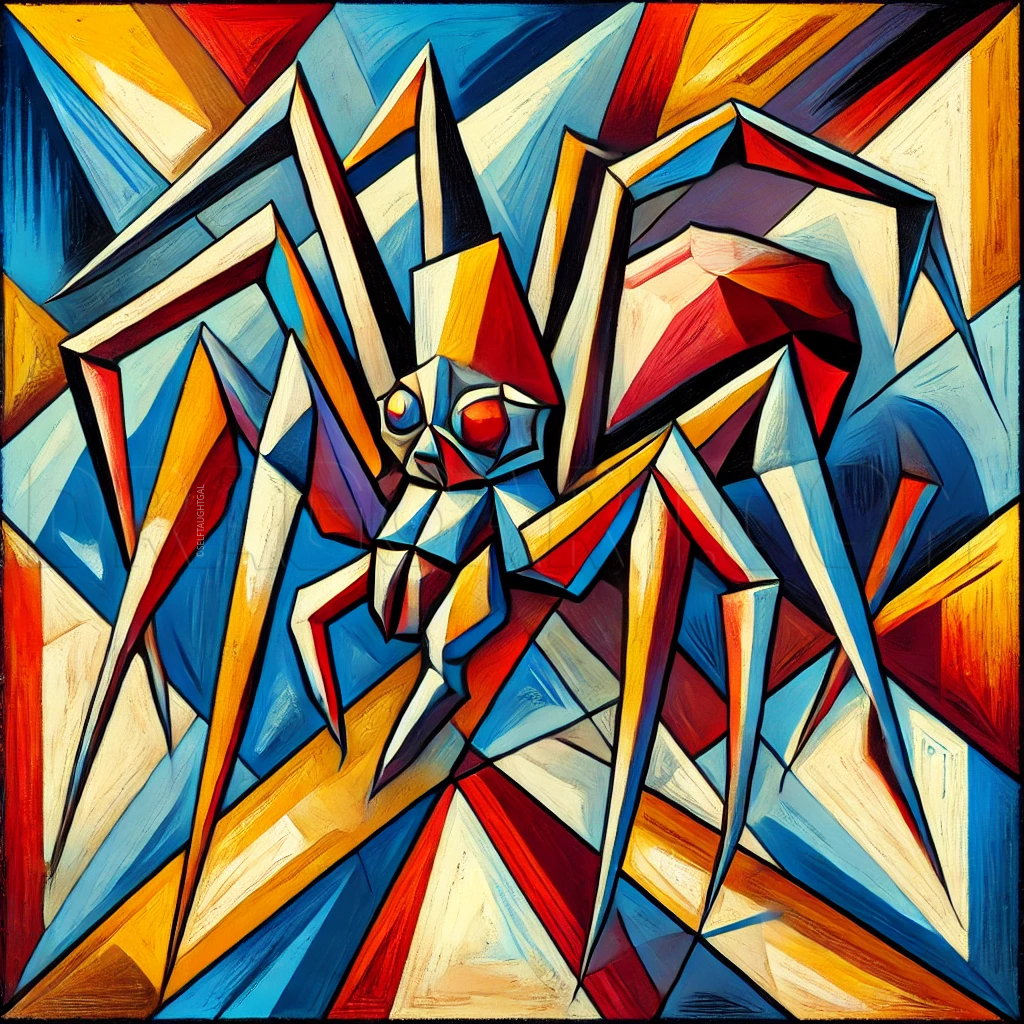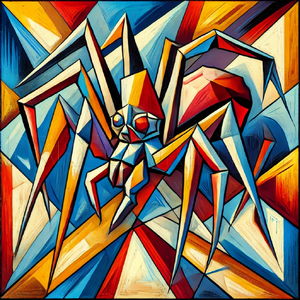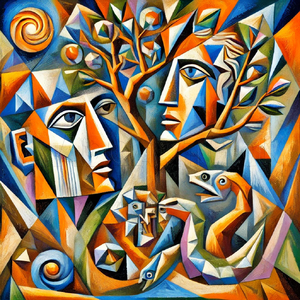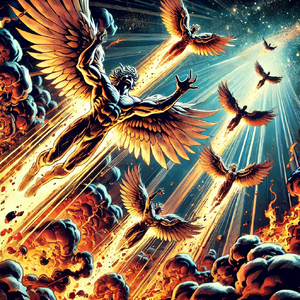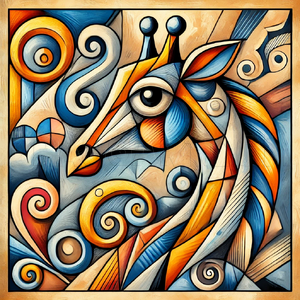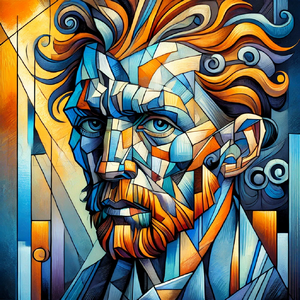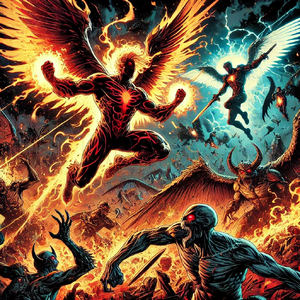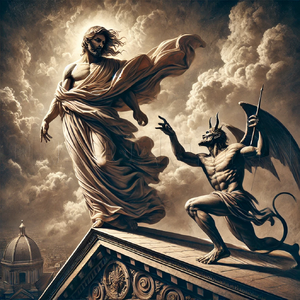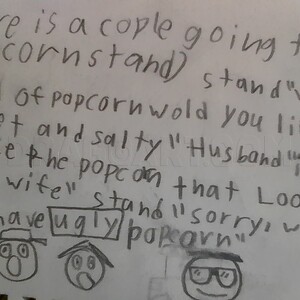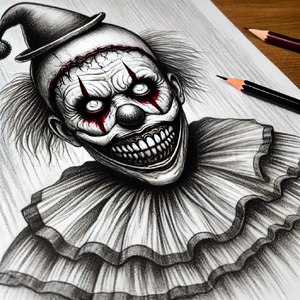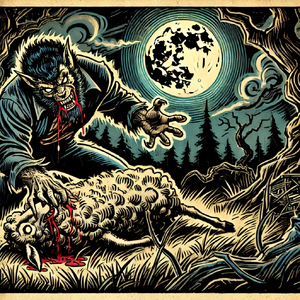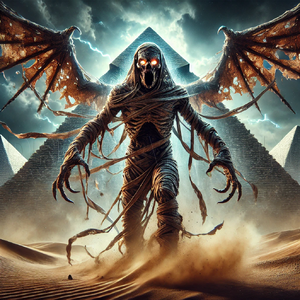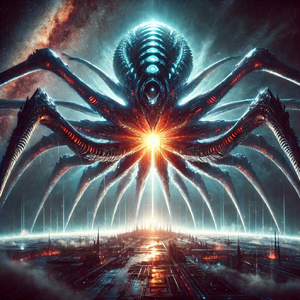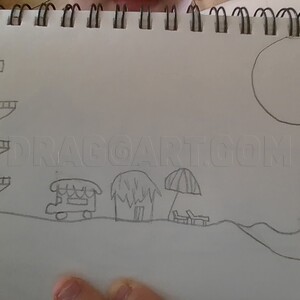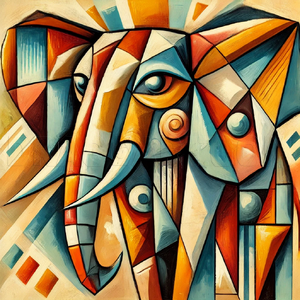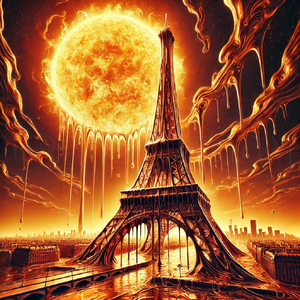Comments 0
Details
February 23, 2025
A.I. Generated
Spiders, with their intricate structures and chaotic symmetry, bear a striking resemblance to the artistic philosophies of Pablo Picasso. Just as Cubism deconstructs form into fragmented planes and dynamic perspectives, the spider's body and web unfold in a similar manner—fractured yet deliberate, chaotic yet masterful. Each leg extends at sharp, angular points, intersecting space with calculated precision, mirroring the disjointed limbs and distorted figures found in Picasso’s most iconic works. The web, a feat of natural geometry, recalls the interlocking shapes of Les Demoiselles d’Avignon, a masterpiece of Cubism where the human form is dissected into abstract components. Like Picasso’s obsession with multiple viewpoints, the spider moves in a way that defies singular perspective. It can be observed from below, above, or in-between, shifting its form as it weaves an ever-expanding composition in silk. Even in their unsettling presence, spiders evoke a kind of surreal beauty, much like Picasso’s approach to the grotesque and the sublime. Whether in art or in nature, both Picasso and the spider challenge perception, forcing the viewer to look beyond traditional forms and embrace a world broken down into movement, energy, and raw abstraction
